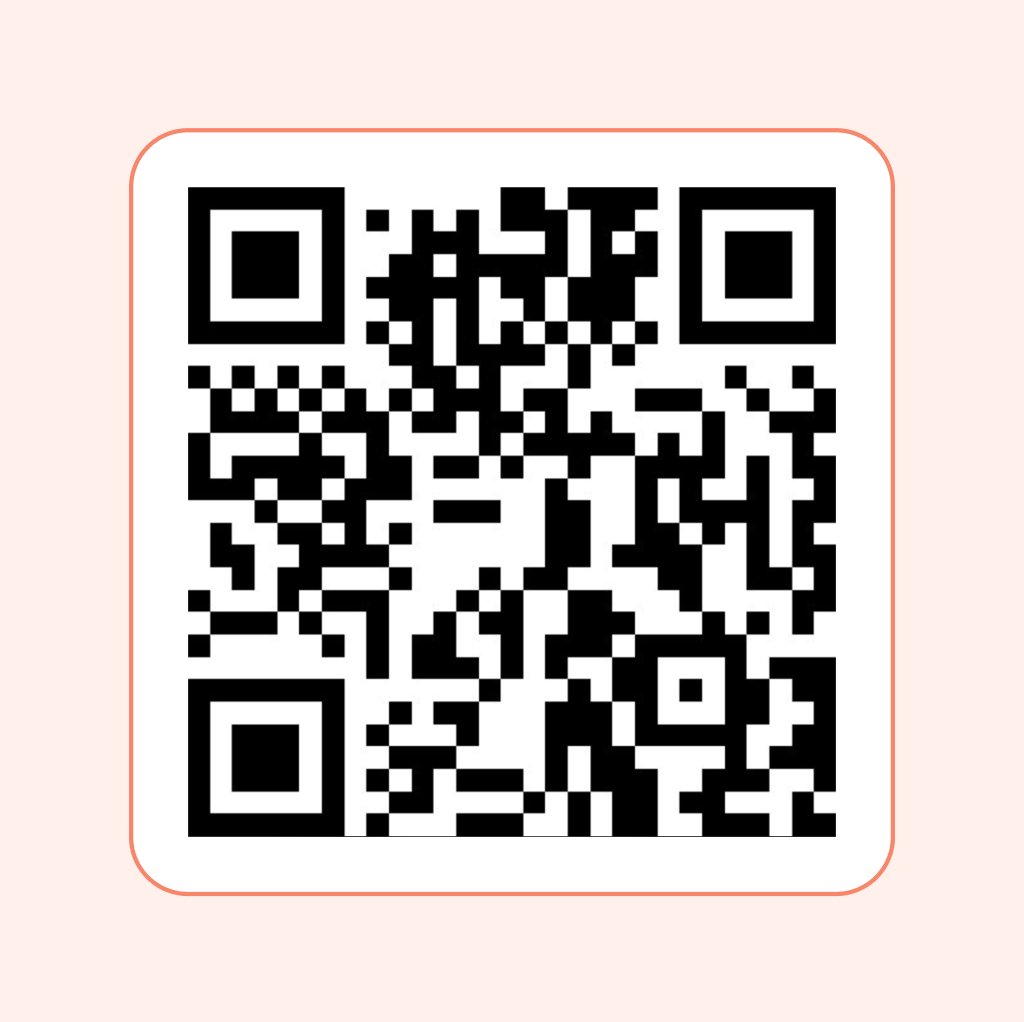Reading food labels - nutrition facts and ingredients lists - can be confusing. That’s why we created the Trash Panda app. To help consumers more easily decode the information they’re provided to make quicker, healthier decisions about what to buy. However, in addition to using the app, it’s helpful to have a basic understanding of how these labels are laid out, and what information is most important to consider.
Tip 1: Turn over the package
This one may seem obvious, but it can be so easy to be duped by clever marketing. Even with brands you trust, it’s important to check the ingredients list. Claims like “all natural,” “gluten free,” “organic,” and “non-gmo” are used on food packaging to capitalize on consumer demand for better quality options, but typically don’t tell the whole story. It’s important to get into the habit of verifying the ingredients list yourself to avoid potentially harmful ingredients like natural flavors or sugar alcohols that commonly sneak into otherwise healthy looking options.
Tip 2: Ingredients are listed in descending order by weight
At Trash Panda, we’re focused on the quality of ingredients in a product, rather than things like calories or fat content. This is because dietary needs like total protein, fats, or carbohydrates vary by individual, but the quality of the food (how processed it is) is important for everyone. So when looking at an ingredients label, although it’s hard to know exactly how much of each ingredient is included in the food, it’s important to know that ingredients are listed in order of their weight. This means ingredients that show up first are more prominent in the product than ingredients listed last. For example, if sugar is the first ingredient in a food, that product is likely mostly made up of sugar. If sugar is listed last, the product typically has less of it. So if you’re using Trash Panda, and the product has potentially harmful or questionable ingredients listed first, you’ll want to weigh that into your decision to buy it.
Tip 3: Try to avoid ingredients you can't pronounce
Here’s a good rule of thumb: if you can’t pronounce an ingredient, or you don’t recognize it as a food, it’s likely a processed additive that would be considered potentially harmful or questionable by Trash Panda. Of course this isn’t always the case, and that’s where the app can help decode unknown ingredients for you, but in a pinch this can be a helpful tool. Things like potassium bisulfite, dimethylpolysiloxane, and dipotassium phosphate are good examples of ingredients to avoid.
Tip 4: If a product has more than 5 ingredients, chances are it's highly processed
This is another tip where there are certainly exceptions to the rule, but if you’re in a rush to make a decision, it’s helpful to quickly check the total list of ingredients in a product. If you see a long list, chances are that product includes additives you’ll want to avoid. If you can quickly scan the list for a handful of ingredients you recognize, it’s generally a better option.
Tip 5: Know how many grams of sugar is too much
The American Heart association recommends adult males consume no more than 36 grams of sugar per day, while women should not consume more than 25 grams per day. For children, consumption should be less than that. Unfortunately, the average adult today consumes over 2x that amount for men, and over 3x that amount for women, mostly from sources like sweetened beverages and processed foods. Quickly checking the total grams of sugar per serving is important to gauge how unhealthy a product might be. If it has 20 grams of sugar per serving, it’s likely something you’ll want to skip. Trash Panda can alert you to all the different names for sugar that can be listed on a label (there are over 60!) which can help you flag those added sugars wherever they may be lurking.
Want to get more grocery shopping tips and healthy product recommendations to your inbox? Sign up for our free newsletter below. By signing up, you’ll also be notified as soon as the Trash Panda app becomes available in the app store.





